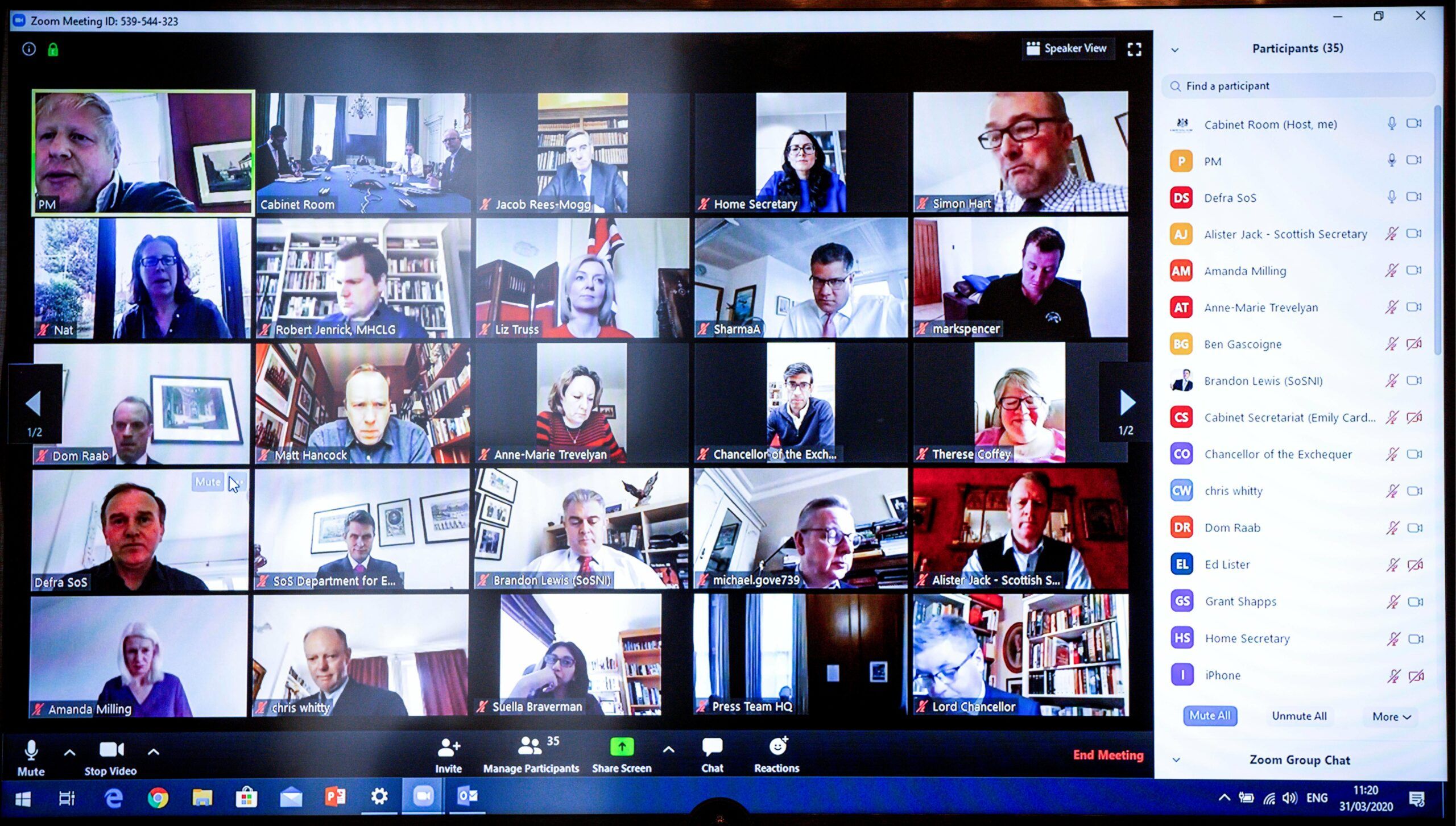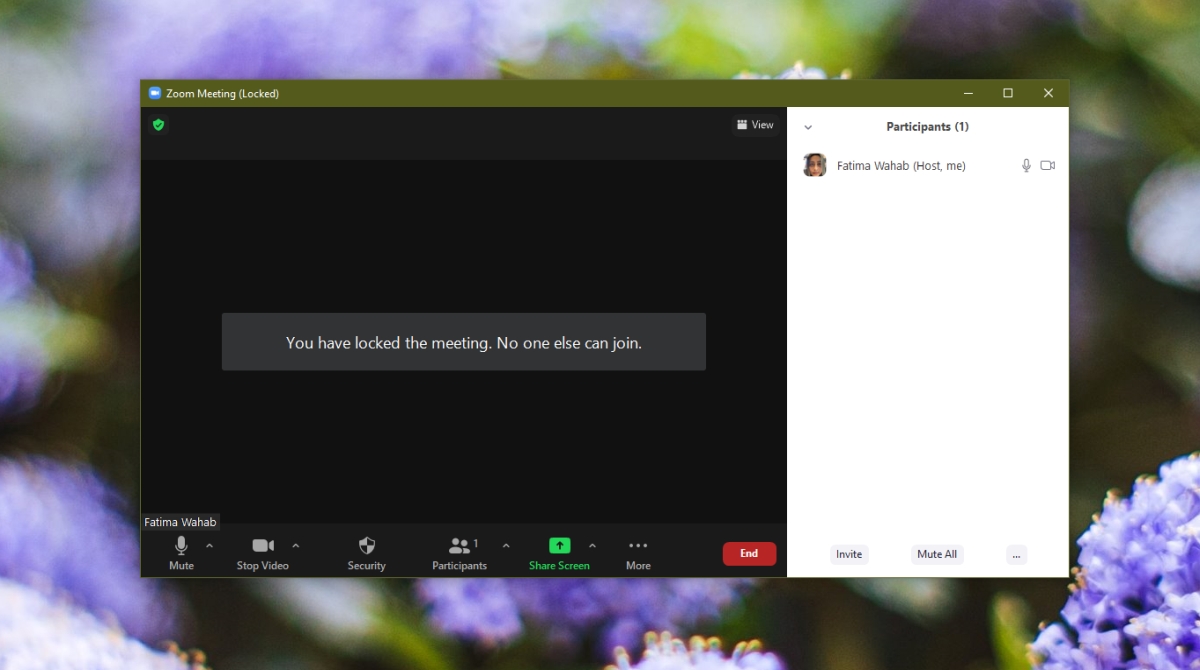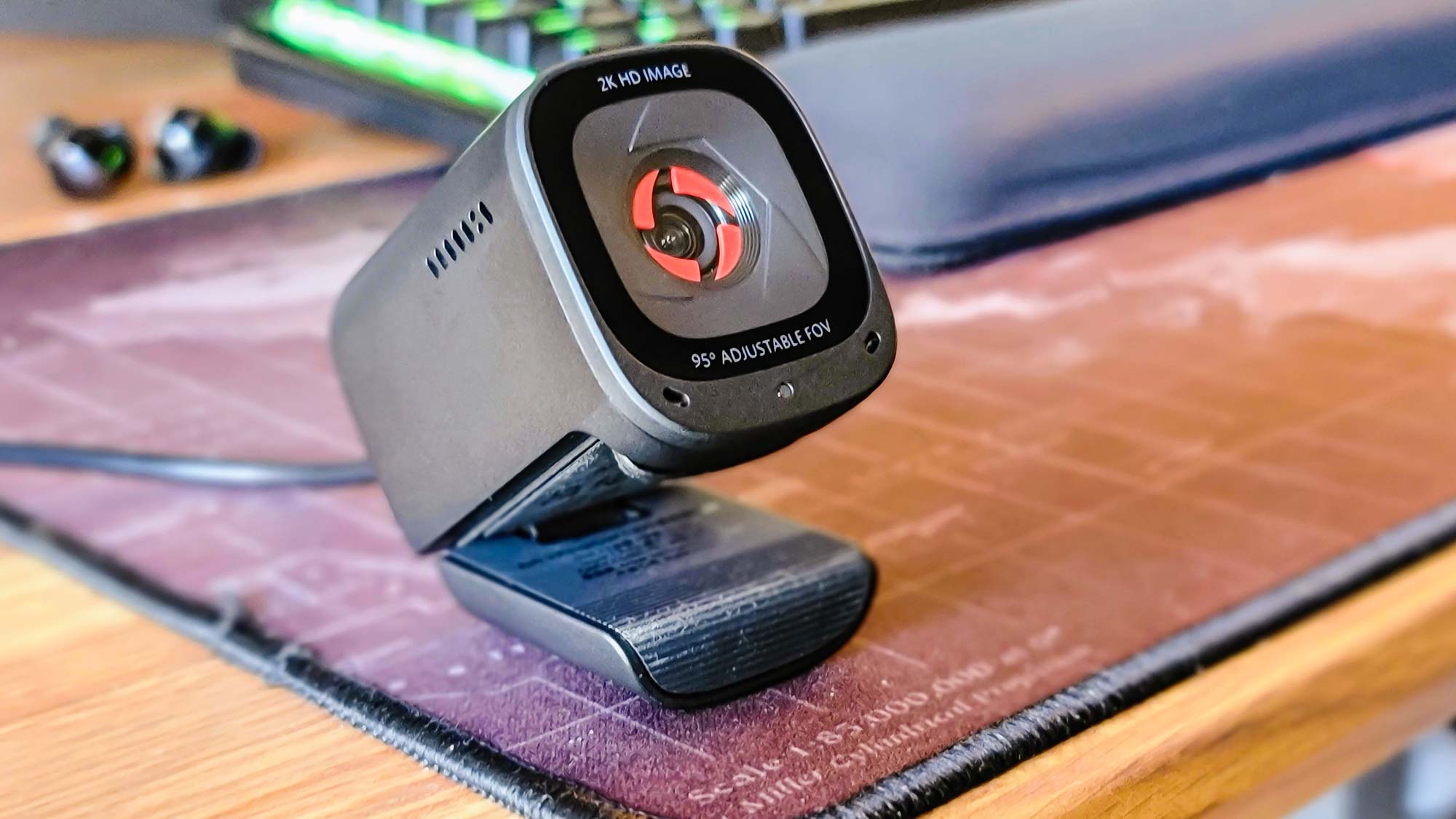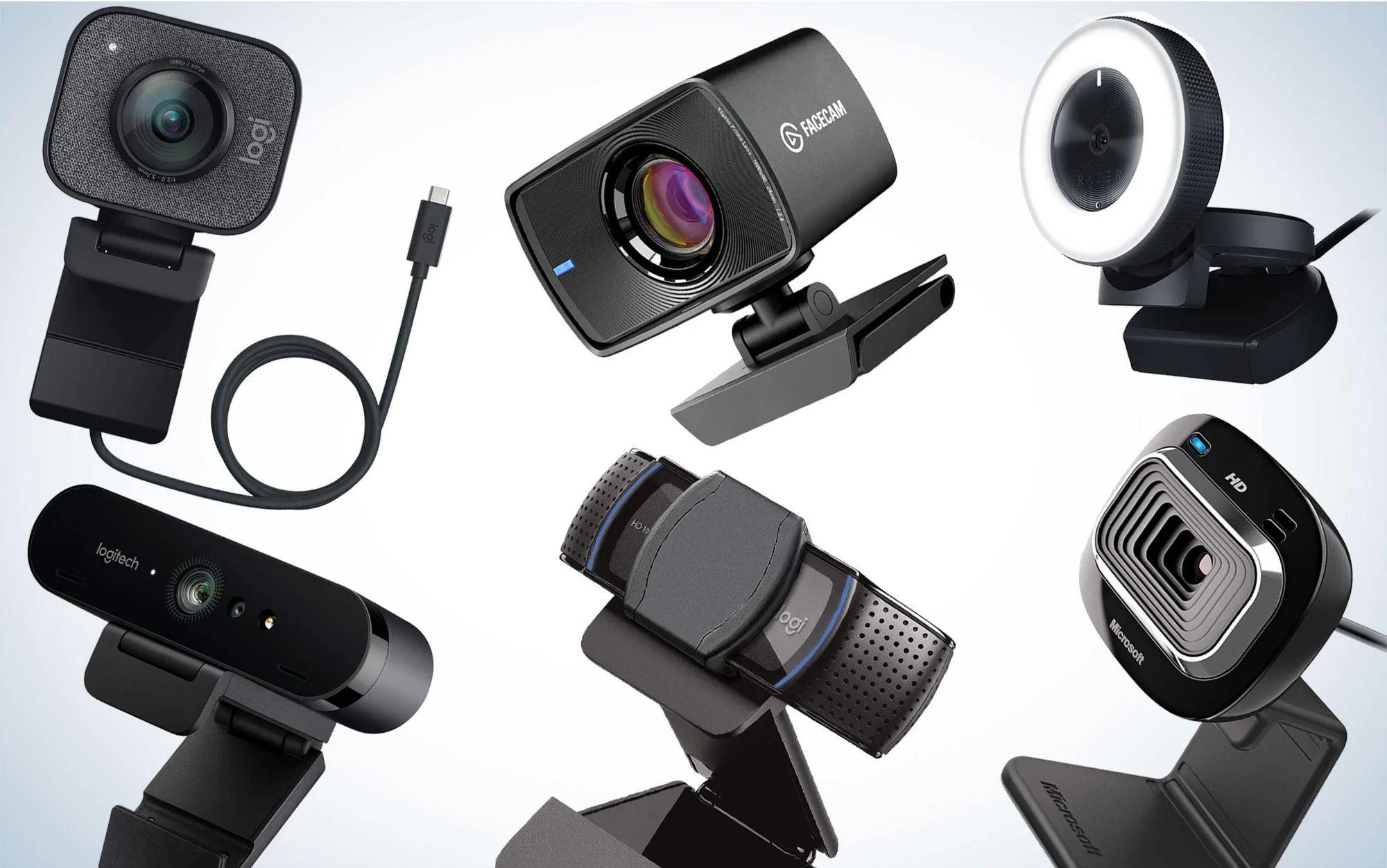Introduction
Welcome to our guide on how to zoom in Windows 10! Whether you have a visual impairment, need to enlarge text and images for easier readability, or simply want to get a closer look at the details on your screen, Windows 10 offers several options to help you zoom in and magnify your display.
Zooming can be particularly useful when working with small text, intricate graphics, or when viewing webpages and documents that have tiny fonts. With a few simple settings and keyboard shortcuts, you can effortlessly adjust the zoom level to suit your needs.
In this article, we will explore different methods of zooming in Windows 10, including using the built-in magnifier tool, adjusting zoom levels, enabling zoom using keyboard shortcuts, mouse scroll zooming, customizing zoom settings, and utilizing the on-screen magnifier.
So, let’s get started and learn how to enhance your Windows 10 experience by zooming in and magnifying your screen contents!
How to Use the Magnifier
The magnifier tool in Windows 10 is a built-in feature that allows you to enlarge portions of your screen for better visibility. It provides a resizable magnifying lens that you can move around and customize according to your preferences.
To access the magnifier tool, you can either open the Start menu and search for “Magnifier” or use the keyboard shortcut “Win + Plus” to open it directly. You can also access it through the Ease of Access settings in the Control Panel.
Once the magnifier is open, you can use the following controls to navigate and adjust the magnification:
- Views: The magnifier offers three different views: Full Screen, Lens, and Docked. You can switch between these views based on your preference by clicking on the Views menu.
- Zoom Level: You can adjust the zoom level by using the “+” and “-” buttons or by using the scroll wheel on your mouse.
- Resize the Lens: In Lens view, you can resize the magnifying lens by dragging the edges with your mouse.
- Pan the Screen: If you’re using the Full Screen or Docked view, you can move around the magnified screen by clicking and dragging with your mouse or by using the arrow keys on your keyboard.
- Customization: You can customize the appearance and behavior of the magnifier by opening the Magnifier options. From there, you can adjust settings like transparency, follow the keyboard cursor, and enable color inversion.
- Exit: To close the magnifier, simply click on the “X” button or use the shortcut “Alt + F4”.
The magnifier tool in Windows 10 is an invaluable feature for anyone who needs to enlarge their screen content. Whether you’re reading small text, examining detailed images, or navigating complex interfaces, the magnifier makes it easier to see and interact with your computer.
Now that you know how to use the magnifier in Windows 10, let’s explore some additional options for adjusting the zoom level and making the most out of this powerful accessibility tool!
Adjusting the Zoom Level
Windows 10 provides various methods to adjust the zoom level and customize the display size according to your preference. By increasing or decreasing the zoom level, you can make text, icons, and other elements larger or smaller, making them easier to see and interact with.
Here are the different ways you can adjust the zoom level:
- Using the Settings App: Open the Settings app by clicking on the Start menu and selecting the gear-shaped icon. In the Settings app, go to “Ease of Access” and then “Display”. Under the “Scale and Layout” section, you can choose a different scaling level to increase or decrease the size of text, apps, and other items.
- Using the Control Panel: Open the Control Panel by typing “Control Panel” into the search bar and clicking on the corresponding result. In the Control Panel, go to “Appearance and Personalization” and then “Display”. From there, you can adjust the screen resolution and change the size of text and other elements by choosing a different percentage.
- Using the Keyboard: You can quickly adjust the zoom level using keyboard shortcuts. Press the “Ctrl” key and the “+” key to zoom in, or press the “Ctrl” key and the “-” key to zoom out. To restore the default zoom level, press the “Ctrl” key and the “0” key.
Experiment with different zoom levels to find the one that suits your needs best. If you find yourself frequently changing the zoom level, consider creating a desktop shortcut or assigning a custom keyboard shortcut to quickly toggle between different zoom levels.
Adjusting the zoom level in Windows 10 allows you to personalize your display and optimize it for your visual comfort and preferences. By making text and elements larger or smaller, you can enhance your productivity and make the most out of your Windows 10 experience.
Now that you know how to adjust the zoom level let’s explore other methods such as using keyboard shortcuts and mouse scroll to zoom in and out on your Windows 10 device!
Enabling Zoom Using Keyboard Shortcuts
Windows 10 provides convenient keyboard shortcuts that allow you to quickly enable and control the zoom feature without the need for navigating through menus or settings. These keyboard shortcuts make it easy to instantly zoom in and out on your screen.
Here are the keyboard shortcuts you can use to enable zoom:
- Windows + Plus (+): Press the Windows key and the Plus key simultaneously to enable the built-in magnifier tool and zoom in on your screen. This shortcut will increase the zoom level by increments.
- Windows + Minus (-): Press the Windows key and the Minus key simultaneously to zoom out and decrease the magnification level. Each press of this shortcut will reduce the zoom level by increments.
- Ctrl + Scroll Wheel: Hold the Ctrl key on your keyboard and use the scroll wheel on your mouse to zoom in and out. Scrolling the wheel forward will zoom in, while scrolling it backward will zoom out.
These keyboard shortcuts allow you to quickly and easily adjust the zoom level on your Windows 10 device. Whether you prefer using the dedicated magnifier tool or the scroll wheel on your mouse, you can find a method that suits your needs and preferences.
Using keyboard shortcuts to enable zoom is especially beneficial for individuals who rely on keyboard navigation or have difficulties using a mouse or touchpad. These shortcuts provide a quick and efficient way to zoom in and out, enhancing accessibility and ease of use.
Now that you know how to enable zoom using keyboard shortcuts, let’s explore another method of zooming in and out by using the scroll wheel on your mouse.
Using Mouse Scroll to Zoom In/Out
If you have a mouse with a scroll wheel, Windows 10 allows you to use it as a convenient method to zoom in and out on your screen. This feature enables you to adjust the zoom level without the need for additional keyboard shortcuts or menu navigation.
Here’s how you can use the scroll wheel to zoom in and out:
- Zoom In: Place your cursor over the desired area on your screen and roll the scroll wheel forward. This action will zoom in, making the content appear larger and more magnified.
- Zoom Out: To zoom out and reduce the magnification level, simply roll the scroll wheel backward. This action will make the content appear smaller and less magnified.
The ability to use the scroll wheel for zooming in and out provides a quick and intuitive method to adjust the zoom level in Windows 10. This feature is particularly useful when working with documents, images, or webpages that require a closer or more distant view.
While using the scroll wheel to zoom, keep in mind that the behavior may vary depending on the application you’re using. Some applications may have their own zoom functionality that overrides the default behavior, so it’s always a good idea to check and adjust the zoom settings within specific applications if necessary.
Experiment with using the scroll wheel to zoom in and out and find the zoom level that best suits your needs. This feature provides a seamless and effortless way to adjust the display size, improving accessibility and comfort while using your Windows 10 device.
Now that you know how to use the scroll wheel to zoom in and out, let’s move on to exploring how to zoom in on webpages and documents in Windows 10.
Zooming In/Out on Webpages and Documents
Windows 10 provides built-in functionality that allows you to easily zoom in and out on webpages, documents, and other content. Whether you’re reading an article online or working on a document, this feature enables you to adjust the zoom level to enhance readability and focus on specific details.
Here’s how you can zoom in and out on webpages and documents:
- Webpages: In most web browsers, you can zoom in and out by holding the “Ctrl” key on your keyboard and scrolling up or down using the scroll wheel of your mouse. Alternatively, you can press the “Ctrl” key and the plus (+) or minus (-) key to increase or decrease the zoom level.
- PDF Documents: When viewing a PDF document in applications like Adobe Acrobat Reader, you can zoom in and out by using the toolbar buttons or the “View” menu. Additionally, you can press the “Ctrl” key and the plus (+) or minus (-) key to adjust the zoom level.
- Office Documents: If you’re working with Microsoft Office documents, such as Word, Excel, or PowerPoint, you can adjust the zoom level by going to the “View” tab and using the “Zoom” or “Zoom In/Out” buttons. Alternatively, you can use the “Ctrl” key and the plus (+) or minus (-) key to zoom in or out.
By utilizing these zooming capabilities, you can customize the display size of webpages and documents, making them easier to read and navigate. This feature is particularly helpful when dealing with small fonts or intricate details that require closer examination.
Remember that the specific zoom options and shortcuts may vary depending on the web browser or application you’re using. Make sure to explore the available zoom settings within each program to find the most suitable options for your needs.
Now that you know how to zoom in and out on webpages and documents in Windows 10, let’s move on to customizing the zoom settings to further optimize your viewing experience.
Customizing Zoom Settings
Windows 10 allows you to customize the zoom settings to tailor the display size and behavior according to your preferences. By adjusting these settings, you can fine-tune the zoom functionality to optimize your viewing experience.
Here are some ways to customize the zoom settings in Windows 10:
- Magnifier Options: The Magnifier tool provides additional customization options. To access these options, open the Magnifier tool and click on the gear-shaped icon labeled “Options.” From there, you can adjust settings such as the zoom level increments, tracking options, color inversion, and transparency.
- Browser Zoom Settings: Web browsers like Chrome, Firefox, and Edge provide their own zoom settings. You can usually find these settings in the browser’s menu or by pressing the “Ctrl” key and the number “0” key to access the default zoom level. Adjust the zoom options to suit your preference, and some browsers may also offer a “zoom text only” option to focus exclusively on text content.
- Application Settings: Different applications may have their own zoom settings. For example, in Microsoft Word, you can adjust the zoom level and customize other display options from the “View” tab. Explore the settings within specific programs to find customization options related to zooming and display size.
- Display Scaling: Windows 10 provides display scaling options to adjust the overall size of text, apps, and other elements on your screen. Open the Settings app, go to “Ease of Access,” then “Display,” and under the “Scale and Layout” section, you can adjust the scaling percentage to make content larger or smaller.
By customizing the zoom settings, you can make your Windows 10 device more personalized and suited to your needs. Whether you prefer specific zoom increments, specially tailored magnifier options, or browser-specific settings, take advantage of these customization options to enhance your overall experience.
Remember to explore the settings within individual applications and programs to find additional customization options related to zooming and display size. This way, you can fine-tune the zoom settings based on your specific requirements.
Now that you know how to customize the zoom settings in Windows 10, let’s explore another accessibility tool called the on-screen magnifier.
Using the On-screen Magnifier
Windows 10 offers an on-screen magnifier tool that provides a convenient way to zoom in on specific areas of your display. This feature is particularly useful for precise magnification and navigating intricate details.
To use the on-screen magnifier in Windows 10, follow these steps:
- Open the Start menu and type “Magnifier” into the search bar. Click on the “Magnifier” app to open it.
- Once the magnifier is open, you’ll see a small window with a magnified portion of your screen. You can click and drag this window to position it over the area you want to zoom in on.
- Use the controls within the magnifier window to adjust the zoom level, change views (Full Screen, Lens, or Docked), and customize other options such as tracking and color filters.
- To close the on-screen magnifier, click on the “X” button or use the shortcut “Alt + F4”.
The on-screen magnifier in Windows 10 provides an interactive and dynamic way to zoom in on specific sections of your screen. It allows you to navigate with precision, making it easier to read small text or examine fine details in images or documents.
Additionally, you can customize the on-screen magnifier settings by opening the Magnifier app and clicking on the “Options” button. From there, you can adjust various settings like magnification level increments, tracking options, and color filters to suit your preferences.
Whether you’re working on design projects, reviewing documents, or simply need to get a closer look at something on your screen, the on-screen magnifier tool in Windows 10 provides a valuable and user-friendly solution.
Now that you know how to use the on-screen magnifier, let’s conclude our exploration of zooming options in Windows 10.
Conclusion
Zooming in Windows 10 is a versatile and essential feature that allows you to adjust the display size and enhance your viewing experience. Whether you have visual impairments, need to enlarge text for easier readability, or want to focus on intricate details, Windows 10 offers a variety of methods to zoom in and magnify your screen content.
In this guide, we explored how to use the built-in magnifier tool, adjust the zoom level using keyboard shortcuts, and use the scroll wheel on your mouse for zooming. We also covered how to zoom in on webpages and documents, customize zoom settings, and utilize the on-screen magnifier.
By understanding these various methods and customizing the zoom settings, you can personalize your Windows 10 device to accommodate your visual needs and preferences. Whether you’re working, browsing the web, or reading documents, the ability to adjust the zoom level can greatly improve accessibility and usability.
Remember to experiment with different zoom levels and find the one that suits your needs best. By fine-tuning the display size, you can enhance readability, focus on details, and improve your overall productivity.
We hope this guide has provided you with valuable insights and instructions on how to zoom in Windows 10. With these knowledge and tools at your disposal, you can navigate your screen with ease and maximize the visual experience on your Windows 10 device.
Happy zooming!

























